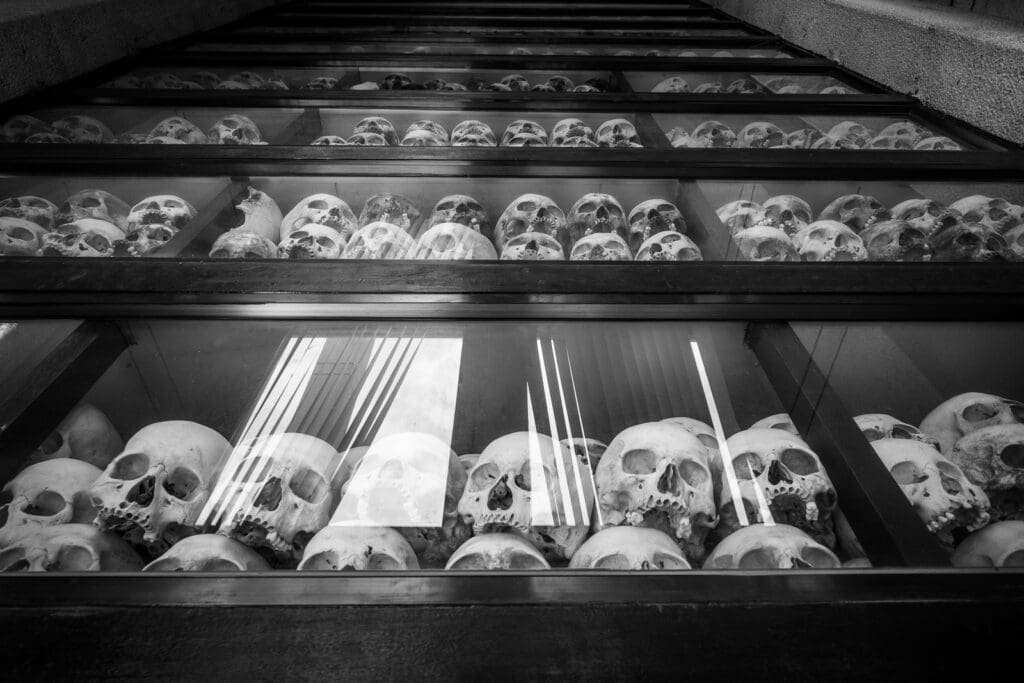17 April 1975 marks one of the most tragic dates in the history of modern Cambodia: the entry of the Khmer Rouge into the capital Phnom Penh, and the beginning of a period of terror that would last almost four years. Under the leadership of Pol Pot, the Khmer Rouge implemented a programme of radical social transformation that led to the death of about a quarter of the Cambodian population.
The Khmer Rouge, officially known as the Communist Party of Kampuchea, rose from the ashes of the Cambodian communist movement. Founded in 1960, the party soon underwent radicalisation under the leadership of Saloth Sar, better known by the pseudonym Pol Pot. Educated in France, Pol Pot was so profoundly influenced by Marxist-Leninist ideology that he developed a vision of a utopian agrarian society based on Chinese Maoism. The Cambodian civil war, which started in 1967 with the Battambang uprising and its bloody suppression, saw the Khmer Rouge fighting against the conservative government of General Lon Nol. Supported by China and North Vietnam, and taking advantage of the chaos caused by the Vietnam War, the Khmer Rouge quickly gained ground. Their final victory came in April 1975, when the rebels entered Phnom Penh without resistance.
The forced evacuation of Phnom Penh by the Khmer Rouge
One of the first and most dramatic actions of the Khmer Rouge was the forced evacuation of Phnom Penh. Immediately after the capture of the city, the soldiers forced millions of inhabitants, including the sick and wounded in hospitals, to leave the city and head for the countryside. The official motivation was that the US would soon be bombing the capital. In reality, this forced evacuation was the first piece of the plan hatched by the Khmer Rouge to dismantle Cambodia’s urban and modern society of the time. Within days, Phnom Penh was emptied of its approximately two million inhabitants. The conditions of this forced march were terrible. Without adequate food, water and shelter, thousands perished along the way. The testimonies of the few survivors speak of indescribable suffering, with people falling exhausted to the ground and being left to die on the side of the road.
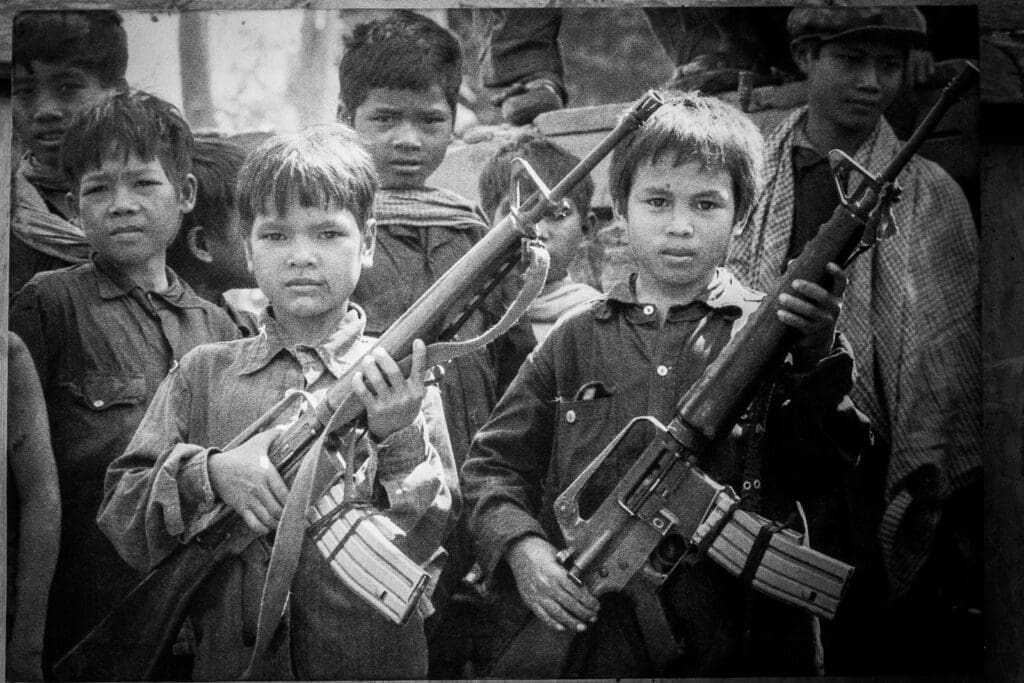
Pol Pot’s utopian vision
Pol Pot envisioned an agrarian and pure Cambodia, free of foreign and modern influences. The cities were to be abandoned, education and religion abolished, and the entire population was to devote itself exclusively to cultivating the fields. This ‘year zero’ wanted a return to the mythical origins of Cambodian society.
The regime’s brutal policies put this vision into practice. The Khmer Rouge abolished money, closed schools, hospitals and factories, and forced the population into forced labour in agricultural ‘cooperatives’. Anyone considered an intellectual or linked to the old government or foreign forces was persecuted. Suffice it to say that wearing glasses, an unmistakable sign of education according to Pol Pot’s regime, could be enough to be arrested and killed.
Tuol Sleng, the prison of death
One of the most emblematic places of Khmer Rouge terror is Tuol Sleng, also known as S-21. Located in a former school in Phnom Penh, Tuol Sleng became a detention, torture and execution centre for those accused of treason against the regime. The conditions in which the detainees lived were inhumane. The cells were cramped and overcrowded, and the prisoners were subjected to systematic torture to extract confessions, often false ones. Only a handful of prisoners survived at Tuol Sleng. Among them are Bou Meng and Chum Mey. Listening to their testimony provides an even deeper understanding of the horror of Tuol Sleng and the entire Khmer Rouge regime.
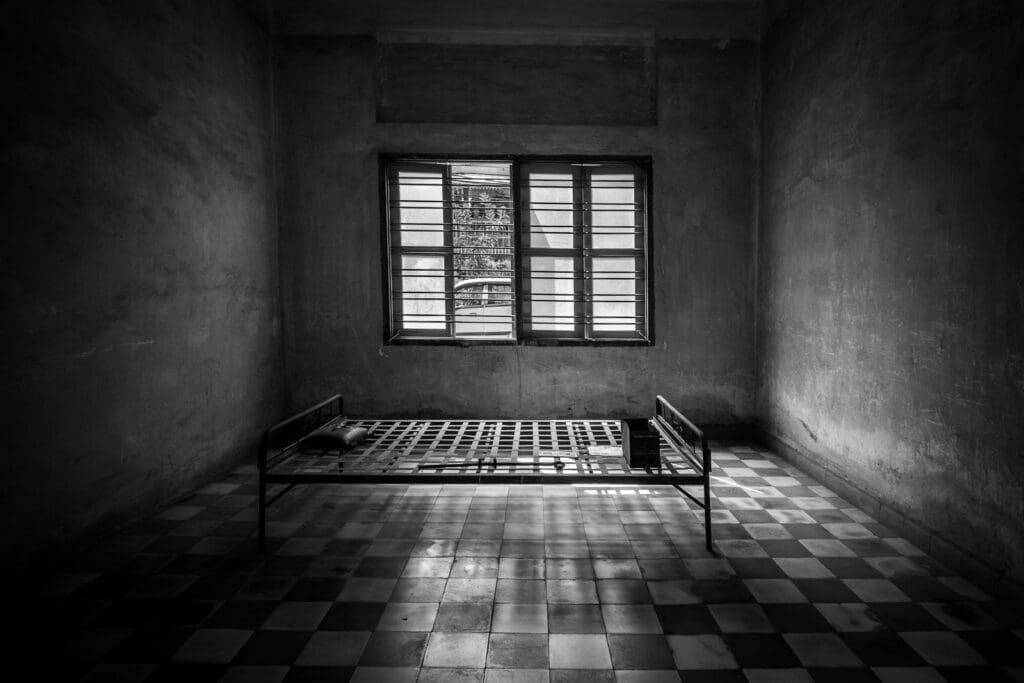
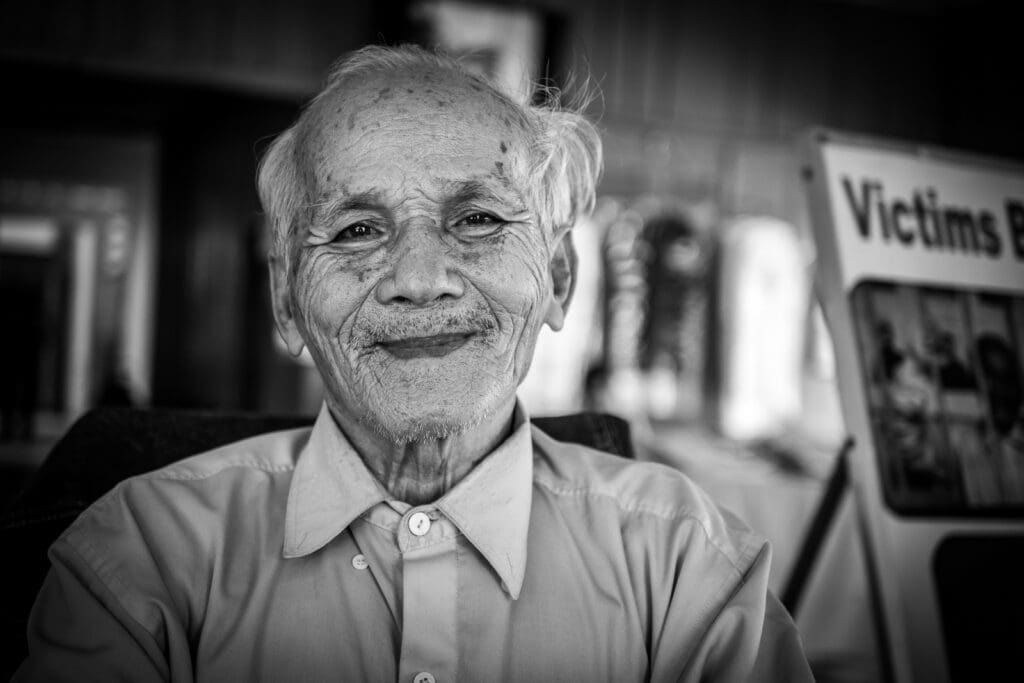
Born in 1941, Bou Mengera was a talented artist before the arrival of the Khmer Rouge. And it was his ability to paint realistic portraits that saved his life when he and his wife, Ma Yoeun, were arrested in 1977. During his years of detention in Tuol Sleng, Bou Meng was forced to paint portraits of Pol Pot and other regime leaders. Despite this he still endured unspeakable torture and suffering, not least seeing his wife murdered. After his release, Bou Meng devoted his entire life to recounting the horrors he experienced and actively participated in the trials against the Khmer Rouge leaders.
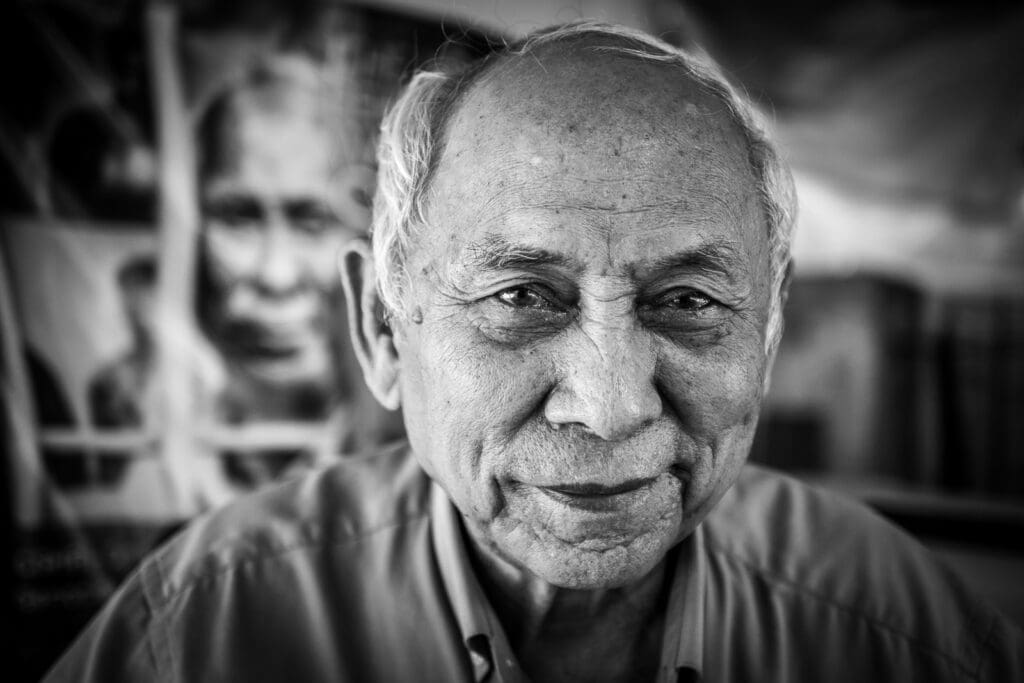
Chum Mey, born in 1930, was a skilled mechanic. Arrested in 1978, Chum Mey survived Tuol Sleng only because of his technical skills, repairing typewriters and other devices useful to the regime. He, too, just like Bou Meng, was not spared from brutal torture and saw his wife and infant son die, both killed by the Khmer Rouge. After his release, Chum Mey wrote a book to keep the memory of the victims alive and was a witness in the trials against the regime leaders.
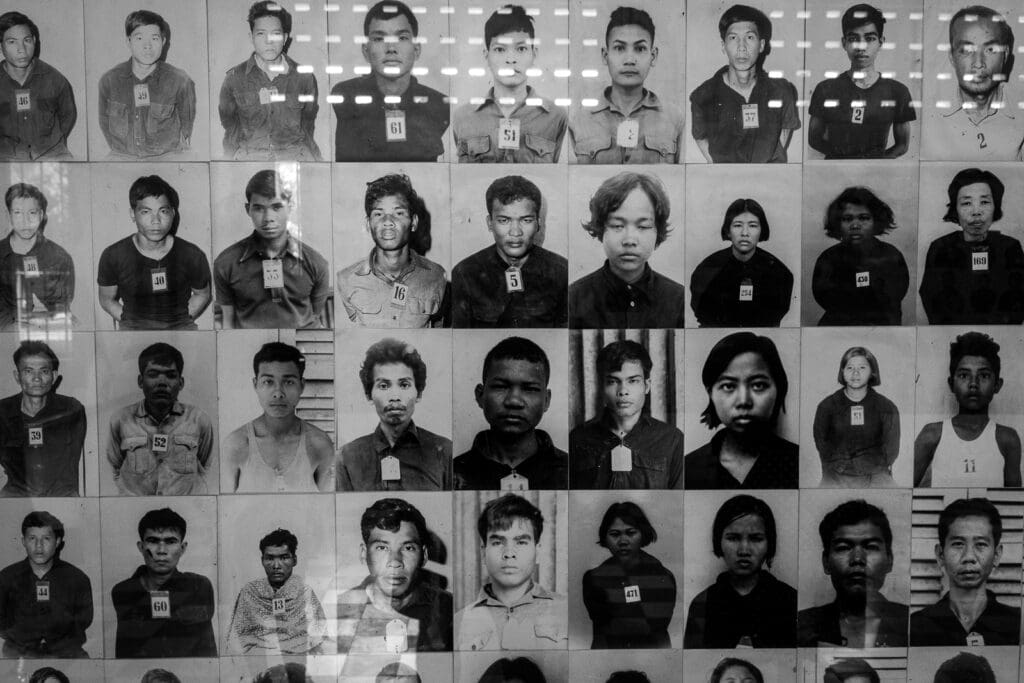
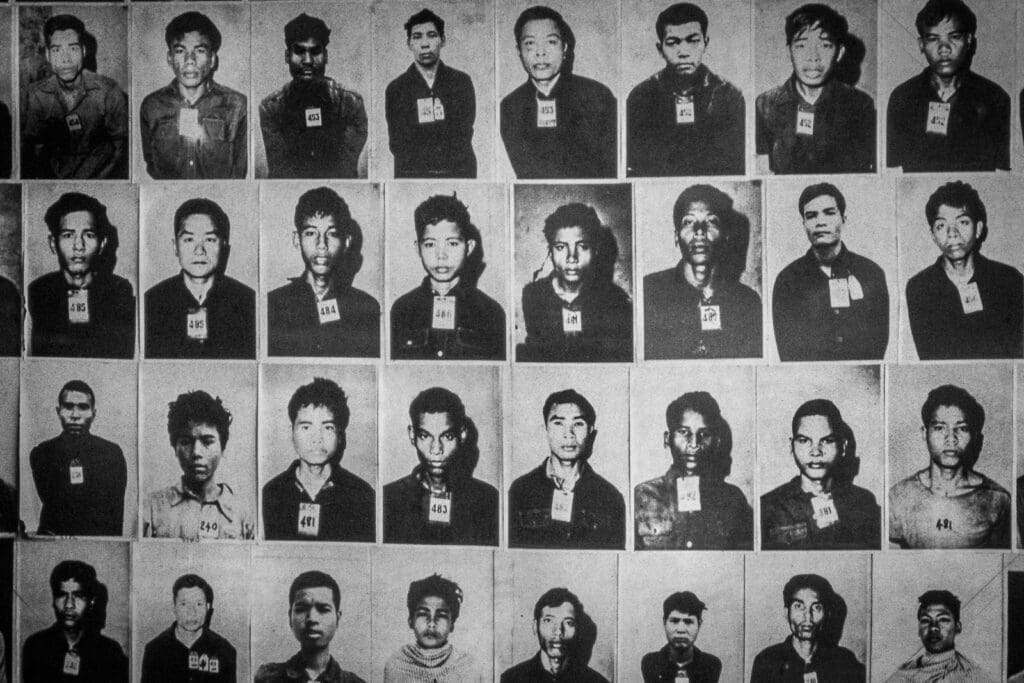
Who was Pol Pot
Saloth Sar was born in 1925 into a wealthy family in Kampong Thom, Cambodia. In the 1950s, he studied in Paris, where he first encountered Marxist-Leninist ideas. He was fascinated by them and decided to join the communist movement. After his return to Cambodia, he became the leader of the Communist Party of Kampuchea and took the name Pol Pot.
Pol Pot’s vision was influenced by Chinese Maoism and the belief that only through a radical agrarian revolution could a pure communist society be built. He believed that modernity, education and foreign influence were the roots of all the evils that subjugated his country and, therefore, had to be eradicated. During his regime, Pol Pot maintained power through terror and repression. His rule was characterised by extreme paranoia that led to internal purges and the systematic elimination of anyone deemed a threat.
His ideology, which combined elements of Marxism-Leninism with an extreme form of Cambodian nationalism, was devastating for the country, and the implementation of his vision left an indelible mark on Cambodia’s history.
The fall of the Khmer Rouge regime
In December 1978, the Vietnamese army invaded Cambodia, and in January 1979, the Khmer Rouge regime finally collapsed. Pol Pot and his followers fled to the jungles on the Thai border, where they continued to fight a guerrilla war until the 1990s. Pol Pot died under house arrest in April 1998, before he could be tried for his crimes.
The fall of the Khmer Rouge revealed to the world the extent of the atrocities committed. Over two million people had died from executions, starvation and disease. Cambodian society was devastated. The internal infrastructure was destroyed, institutions dismantled, and the population decimated in numbers and spirit.
The process of obtaining justice for the victims of the Khmer Rouge regime has been long and arduous. It was not until the 2000s that the Special Tribunal of Cambodia for the Khmer Rouge was established, an international court sponsored by the United Nations and the Cambodian government to try those responsible for the genocide perpetrated during the Pol Pot and Khmer Rouge regime. Some of the most prominent leaders of the regime, such as Nuon Chea and Khieu Samphan, were convicted of crimes against humanity and later also of genocide. Kaing Guek Eav, known as Duch, the commander of Tuol Sleng, was also convicted.
The testimonies of Bou Meng and Chum Mey played a key role. Their determination helped to ensure that those responsible for the brutality experienced by the Cambodian people were brought to justice and that the memory of the victims was preserved.

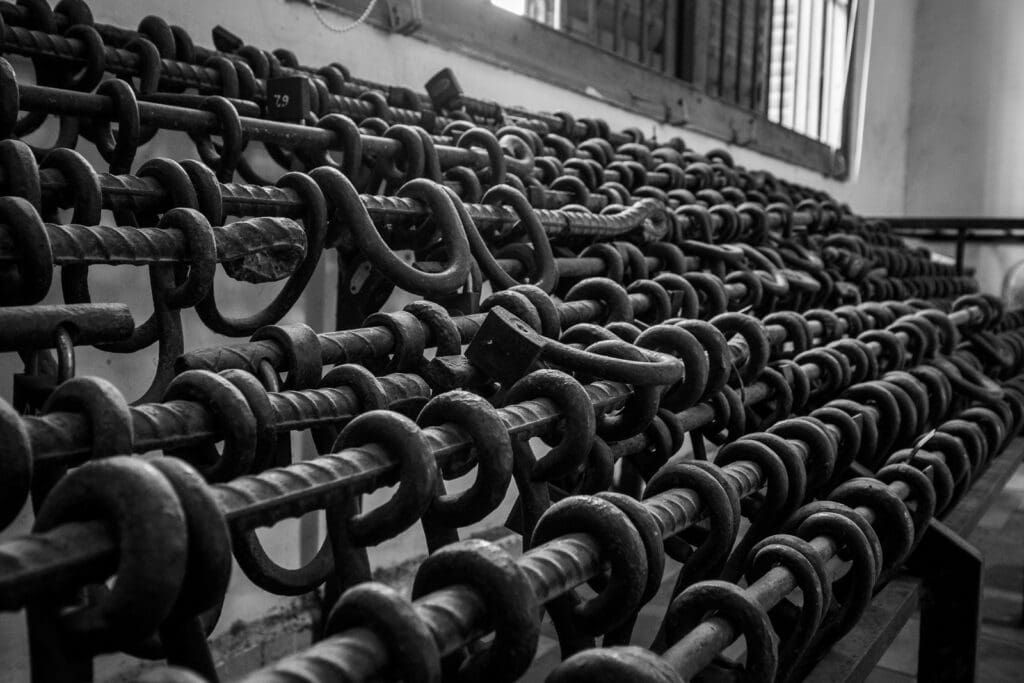
The Tuol Sleng Genocide Museum
Today, the Tuol Sleng Genocide Museum is a place of memory and reflection. Located in the heart of Phnom Penh, the museum preserves the cells, torture instruments and photographs of the prisoners, thus offering tangible evidence of the atrocities committed.
The museum is also a research and documentation centre that collects testimonies, documents and artefacts to preserve the memory of the victims and promote the telling of the atrocities and crimes committed, in the hope that they will never happen again. Through guided tours, temporary exhibitions and educational programmes, the Tuol Sleng Museum is instrumental in educating new generations – not only Cambodian generations – and promoting reconciliation between peoples.
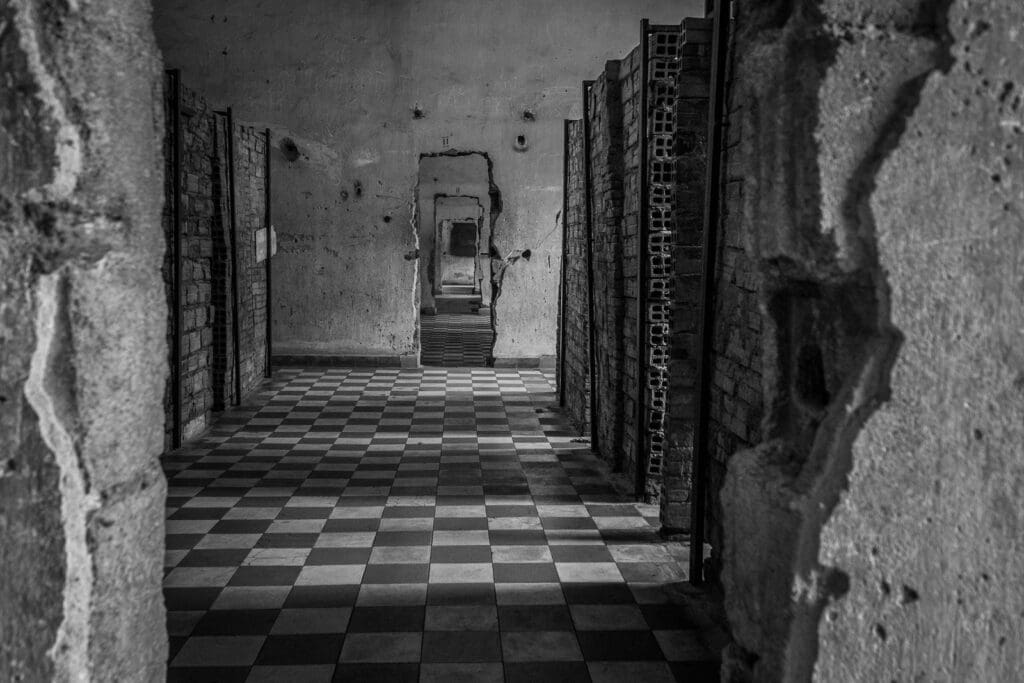
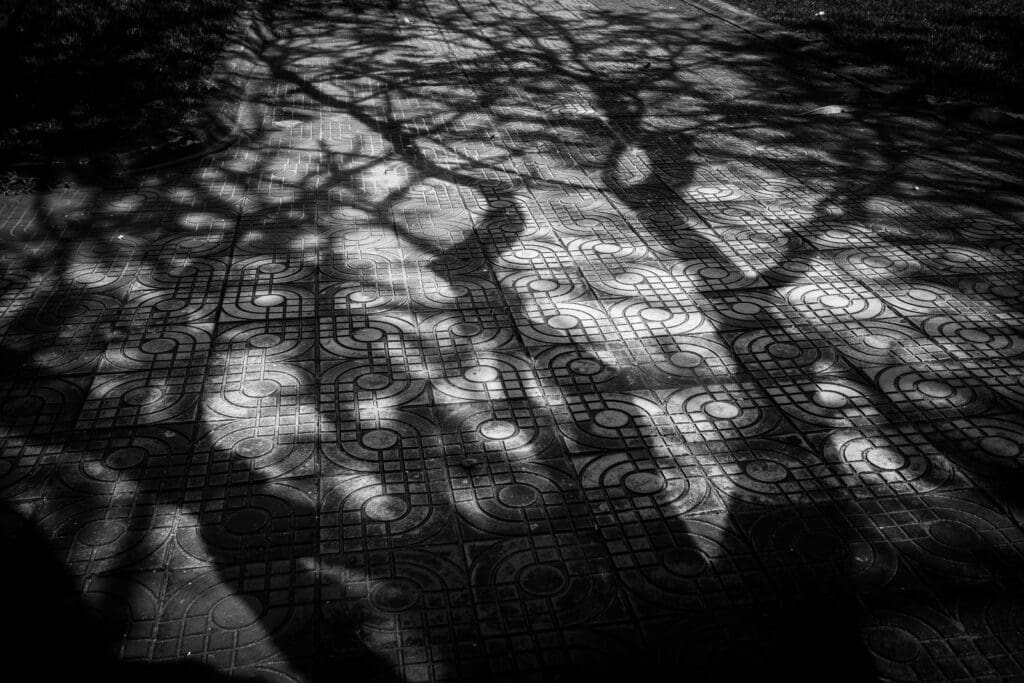
Tiziano Terzani, first-hand witness
When the Khmer Rouge entered Phnom Penh on 17 April 1975, Tiziano Terzani, at the time a correspondent for the German weekly Der Spiegel, was in Cambodia and was one of the few Western journalists to witness first-hand the dramatic events that followed the fall of the city. One of his books that speaks most about what happened in Cambodia during the Pol Pot regime and what happened after its fall is Ghosts. Dispatches from Cambodia, a posthumous collection of articles about Cambodia written between 1973 and the 1990s. It is recommended reading for those who want to delve deeper into these topics.
